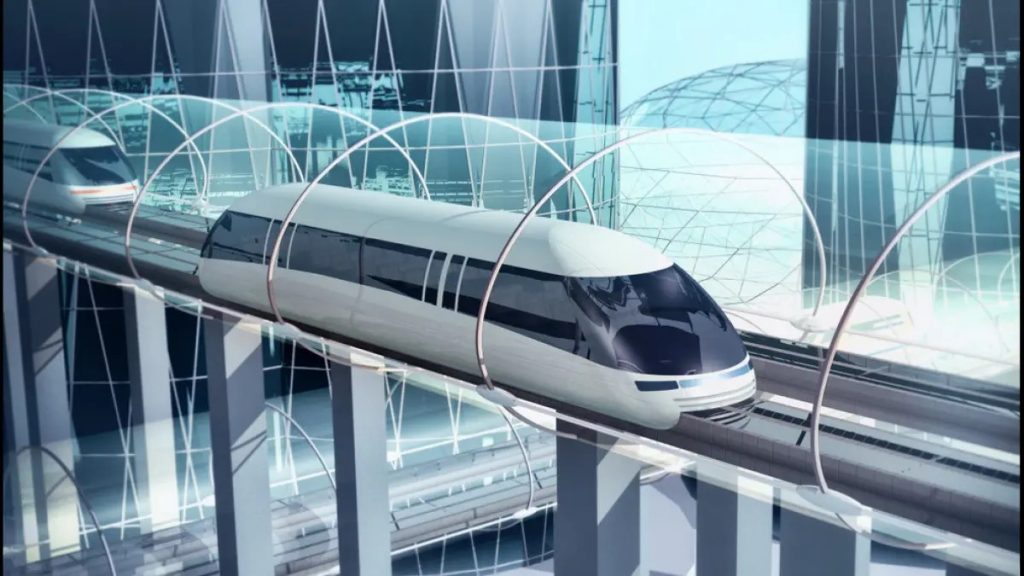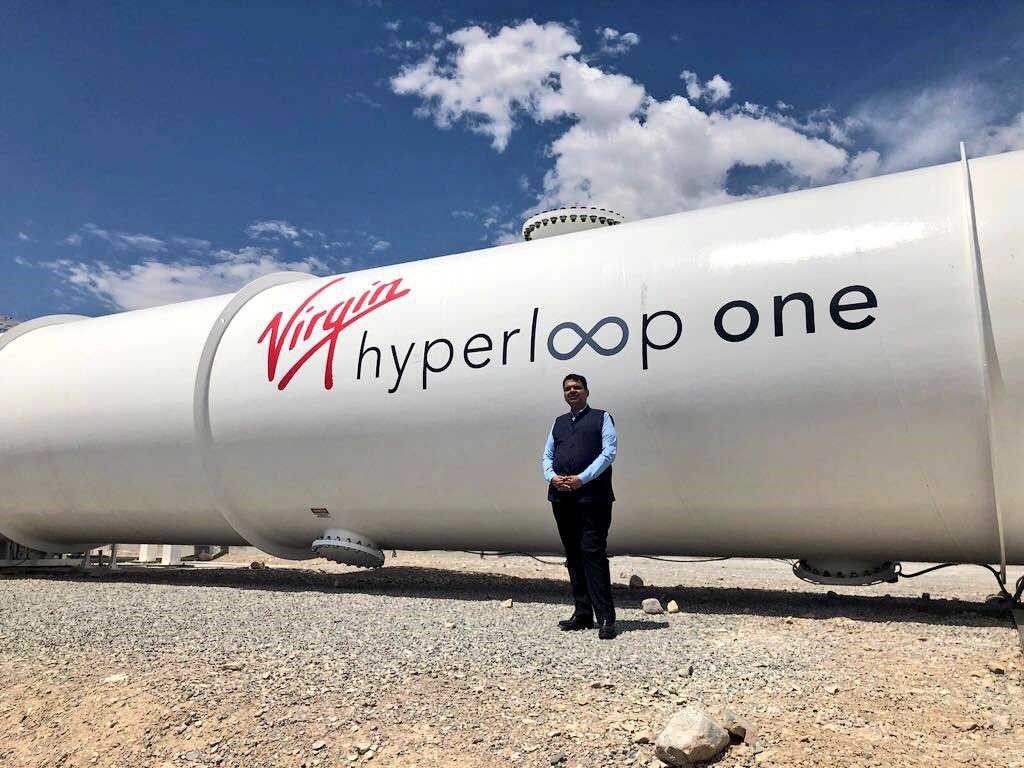700 miles in an hour

Elon Musk’s ultra-high-speed rail (UHSR), hyperloop. It is the ambitious speed goal of Hyperloop that could result in time-space shrinkage, making distant cities more accessible with significantly reduced travel times.
The scoop of the year
Mumbai-Pune Project |
|
| The Pune-Mumbai hyperloop project is a proposed state-of-the-art transportation project that would use hyperloop technology to connect the two metropolitan cities of Pune and Mumbai, reducing travel time between the two cities to approximately 30 minutes.
Since this project is based on newer technology, the Swiss challenge method is proposed to be used in accordance with the Maharashtra infrastructure development enabling authority act, 2018, to assess the technical and financial feasibility. The Maharashtra government approved the construction of the 11.80 km-long test track in July 2019. |
As an executing authority, the Pune Metropolitan Region Development Authority (PMRDA) was named. The project will be implemented in two phases, with the first phase of 11.80 km proposed as a pilot project in the Pune metropolitan area and the rest of the project (Wakad to Kurla BKC) implemented during the second phase.
The government of Andhra Pradesh and the US-based Hyperloop Transportation Technologies (HTT) have collaborated to bring the Hyperloop transportation system to the state capital region of Amravati in the near future. |
The transportation horizon may indeed change dramatically as a result of a number of developments in electric, self-driving, and shared cars, but there is another significant revolution in the works: the Hyperloop train, a super-fast train conceived by Elon Musk about a decade ago.
Hyperloop is a new mode of transportation that transports passengers quickly and safely. The passengers are loaded into the hyperloop vehicle via low-pressure tubes using electric propulsion. The passenger pods travel through tubes that have had most of the air removed to reduce friction. This allows the pods to travel at speeds of up to 700 miles per hour. Instead of using a wheel like a train, the pods are designed to float on air skis using magnetic levitation to reduce friction.
These fast trains travel through tubes in a vacuum-like environment: the capsule employs magnetic levitation technology and is powered by an ultra-efficient electric motor with minimal friction. This lack of resistance allows for high speeds while maintaining extremely low consumption, especially on long journeys.

Vacuum Pod of Hyperloop
The pods are intended to float on air skis, similar to an air hockey table, or to use magnetic levitation to reduce friction.

Outlook: India’s state and federal governments, as well as public agencies, have demonstrated vision, and the country will take advantage of being the first to adopt hyperloop technology whereas, India having unique standard of living, the Mumbai-Pune project will cost around 3,50,000 crore (55 billion USD) and will only carry 28 commuters at a time, whereas if we really want to invest in transportation technology, we can invest in the bullet train project, which will cost us 17 billion USD and will carry many more passengers at a time than the hyperloop. However, this ultra-high-speed link not only creates new economic and social opportunities, but it also provides a sustainable mode of mass transportation with zero direct emissions.
